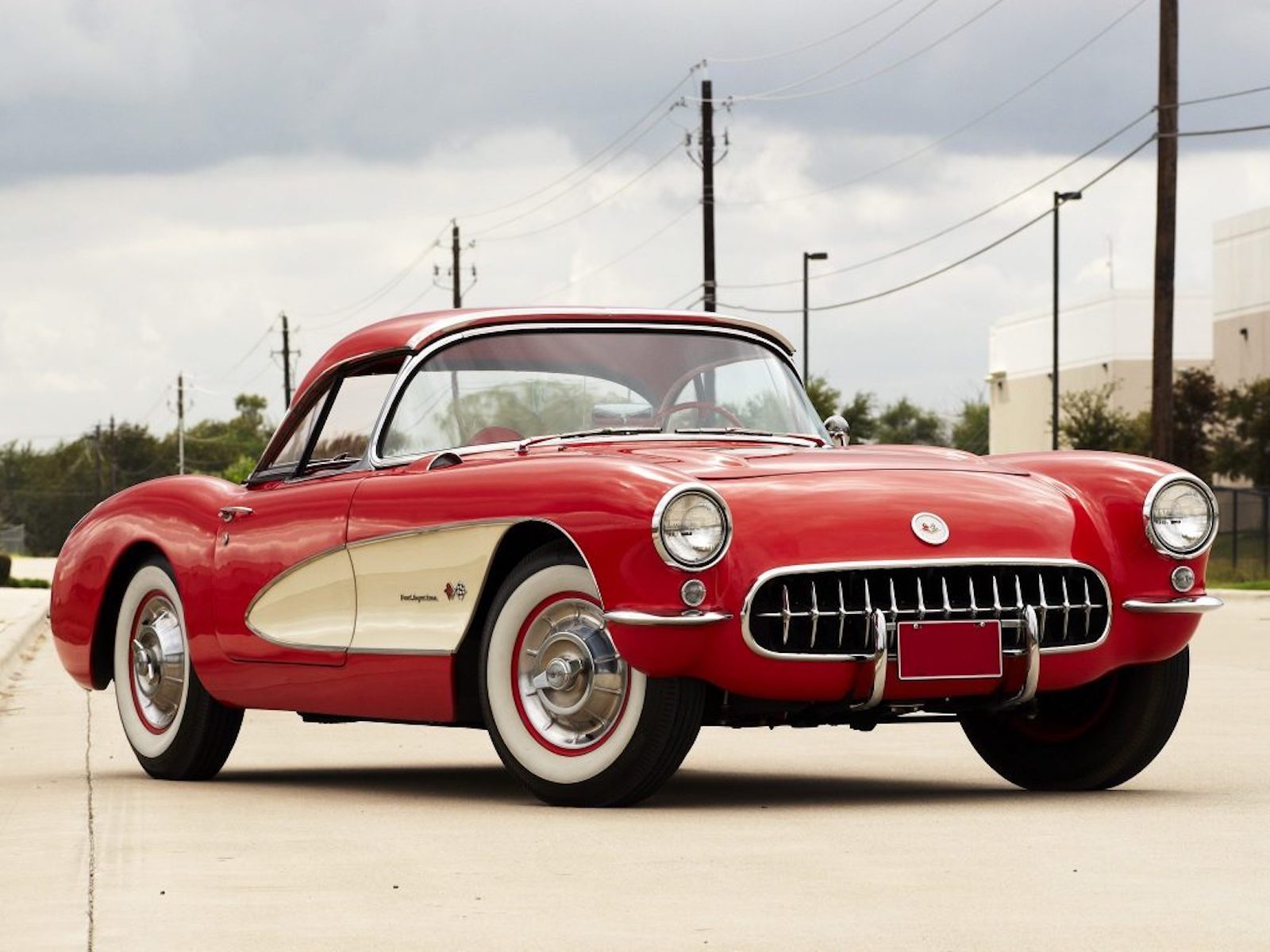The Corvette, and small-block V8 innovation, fit like a hand in a glove. In fact, had it not been for the small-block V8’s implementation into Corvette production, America’s sports car would have likely faded into obscurity over 60 years ago. Luckily, Chevrolet’s timely decision to include the now infamous 265 cubic-inch small block as an optional engine for the 1955 production year, spared the Corvette from almost certainly being placed into early retirement.
However, this was just the beginning of the Corvette’s small-block V8 legacy, with the next chapter in this saga being perhaps the most interesting to date. Though the 283 cubic-inch V8 seldom receives its share of attention in a world dominated by LS and LT series engines, this early Chevrolet small-block was ahead of its time. The 283ci showcased a plethora of new and innovative tech, and highlighted the engineering prowess of legendary Corvette luminary, Zora-Arkus Duntov.
No Subscription? You’re missing out
Get immediate ad-free access to all our premium content.
Get Started



